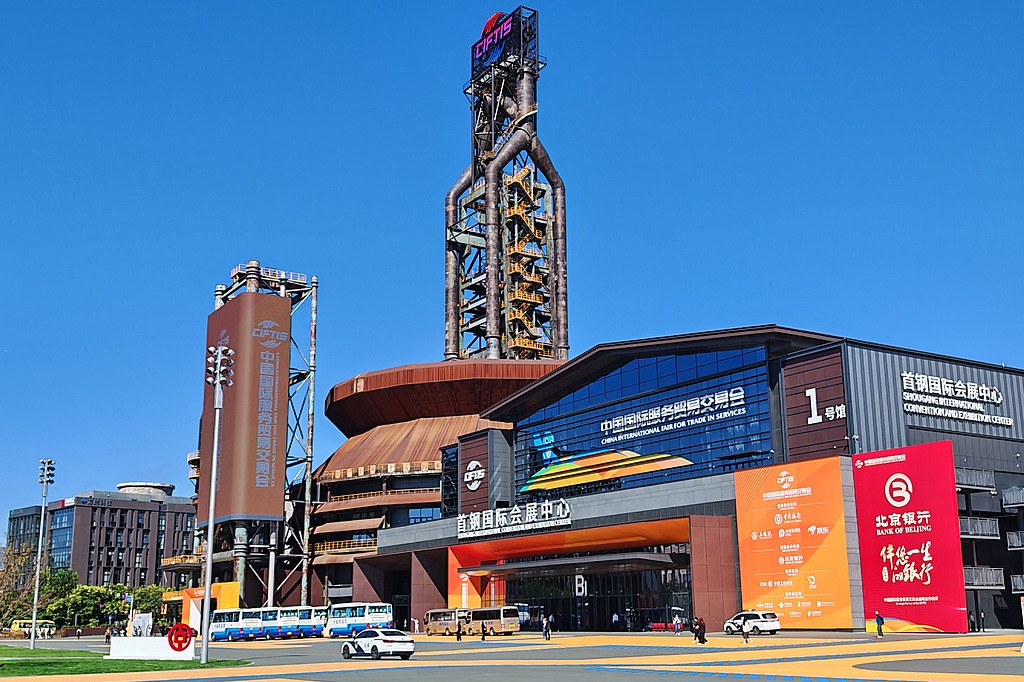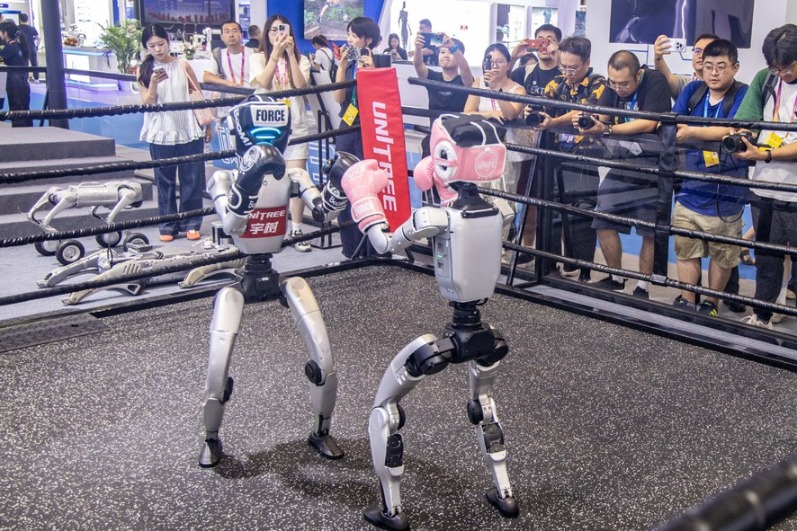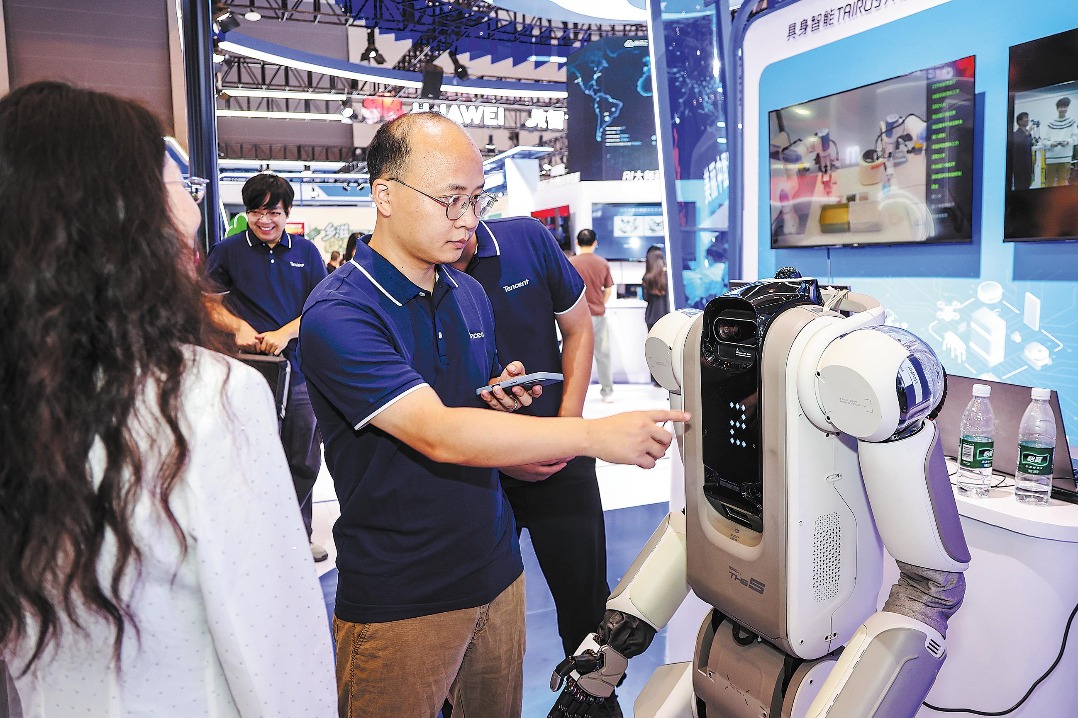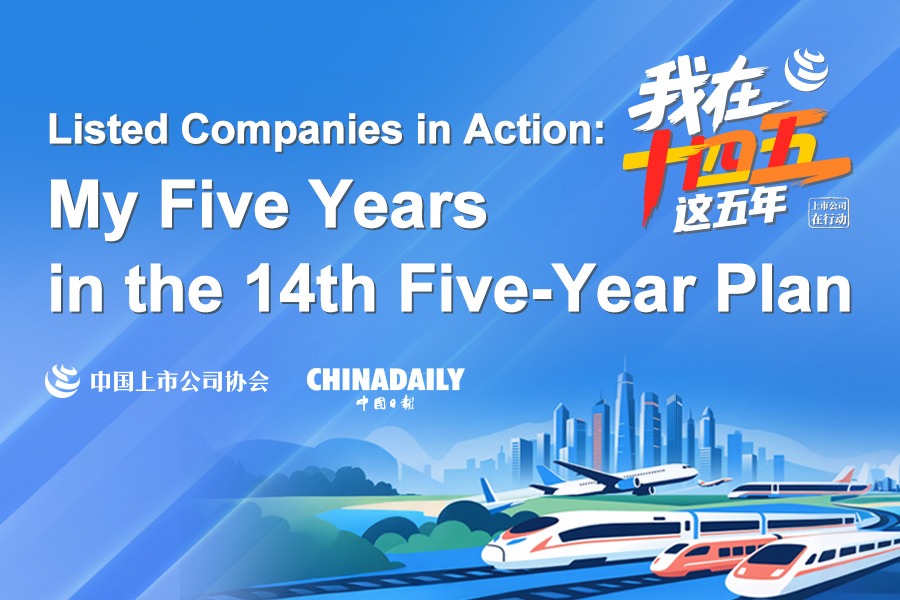Key meeting shows way for nation's long-term development

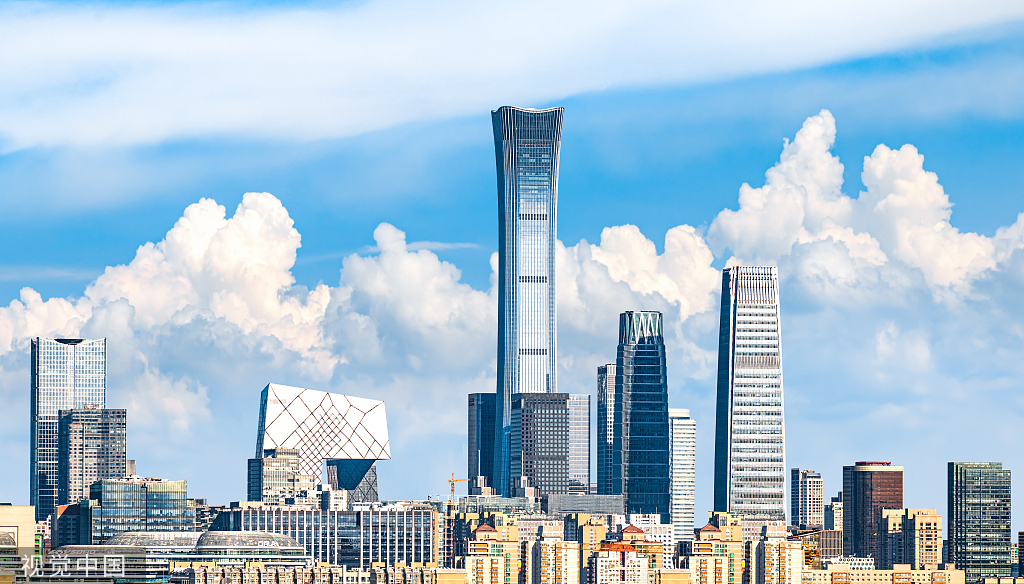
The third plenary session of the 20th Communist Party of China Central Committee, which concluded earlier this month, is expected to inject new momentum into China's high-quality economic development and structural transformation.
From a macroeconomic perspective, China's economic growth has remained stable in recent years, with the long-term positive trend of the fundamentals unchanged. Despite the increasingly complex and severe international environment, China's actual GDP growth in 2023 reached 5.2 percent year-on-year, successfully meeting the target set at the beginning of the year. In the first quarter of this year, China's actual GDP growth rebounded to 5.3 percent year-on-year, laying a solid foundation for achieving the annual growth target of 5 percent.
At the same time, China's high-quality economic development is steadily advancing, with continuous optimization of the economic structure and steady improvement in quality and efficiency.
Since the reform and opening-up in late 1970s, China's industrial structure has seen significant changes. From 2015 to 2023, the shares of the primary, secondary, and tertiary industries in actual GDP fell 0.17 percentage points, declined 9.08 percentage points and rose 9.25 percentage points, respectively, to 7.61 percent, 37.61 percent, and 54.78 percent, with services gradually replacing industry as the leading sector of the national economy. This shift indicates a deeper structural transformation in the Chinese economy.
First, the Chinese economy's dependence on traditional drivers such as real estate has significantly decreased. Since the mid-1990s, China's urbanization process accelerated, raising the urbanization rate from 29.04 percent in 1995 to 63.89 percent in 2020, which had generated substantial new housing demand and increased the real estate sector's contribution to the economy.
Following the introduction of a new development model for real estate at the 2021 Central Economic Work Conference, China's economic development entered a new phase, with the real estate industry's impact on economic growth continuously declining. From 2021 to 2023, investment in real estate development grew by 4.4 percent year-on-year, then fell by 10 percent and 9.6 percent year-on-year, respectively, with its share in fixed-asset investment dropping from 27.1 percent to 22.05 percent.
Supported by a series of new economic drivers, China's fixed-asset investment and actual GDP growth have remained stable. Despite negative growth in real estate investment over the past two years, infrastructure investment has been strong, and manufacturing has entered a new equipment renewal cycle, effectively offsetting the drag from the decline in real estate investment.
In 2022 and 2023, China's fixed-asset investment grew by 5.1 percent year-on-year and 3 percent year-on-year, respectively, and from January to May this year, it rose by 4 percent year-on-year. These trends indicate that China has completed a preliminary transition from old to new growth drivers.
Second, financial support for the real economy has become more efficient. During China's economic transformation and upgrading, the correlation between economic growth and credit growth has weakened. For a long period, China's social financing, the broad money supply or M2, and loan growth maintained double-digit growth rates, with high correlations to real economic growth.
In the past two years, the pace of credit expansion has slowed significantly. As of May this year, social financing and M2 grew by 8.4 percent and 7 percent year-on-year, respectively, hitting record lows. However, actual GDP growth has not declined correspondingly. This change is mainly due to a shift from debt-driven growth models, such as real estate and local financing platforms, to the rise of asset-light service industries and the positive substitution effect of direct financing, leading to a "gear shift" in overall credit demand.
Additionally, measures to curb capital arbitrage and regulate the practice of manually processing interest subsidies have revitalized inefficient financial resources. Overall, the efficiency of the financial system in supporting the real economy has significantly improved.
Third, emerging industries have become increasingly competitive. Although the share of the secondary industry, represented by manufacturing, in GDP has declined during China's economic transformation, it does not indicate deindustrialization similar to Japan.
On the contrary, China's manufacturing sector has been moving toward high-end, digital and green development. In 2022, the added value of strategic emerging industries, represented by new-generation information technology and high-end equipment, exceeded 13 percent of GDP. In 2023, the production of high-tech products such as solar cells, new energy vehicles and power generators increased by 54 percent, 30.3 percent and 28.5 percent year-on-year, respectively. The combined export value of electric vehicles, lithium batteries and solar cells surpassed 1 trillion yuan ($137.6 billion) for the first time.
Finally, regional economic coordination has improved. Benefiting from an increasingly comprehensive infrastructure network and supportive policies, China's regional economic layout has continuously optimized. From 2012 to 2022, the GDP shares of central and western regions increased by 0.8 and 1.8 percentage points, respectively, narrowing the per capita GDP gap with the eastern region, thus laying a solid foundation for high-quality development and common prosperity.
While recognizing the achievements in China's economic structural transformation and high-quality development, it is essential to address the current challenges and difficulties. In April, a meeting of the Political Bureau of the CPC Central Committee pointed out that the economy still faces significant challenges, including insufficient effective demand, as evidenced by weak consumer willingness and investment growth slowdown in certain areas and substantial pressure on business operations due to rising upstream raw material prices and sluggish downstream demand, resulting in poor corporate profitability.
Challenges also include risks in key areas such as the real estate market, small and medium-sized financial institutions, local government debt, inefficient domestic circulation with obstacles in building a unified national market, and increasing complexity, severity and uncertainty in the external environment, with more complex and volatile economic, financial, trade policies and geopolitical situations.
In summary, despite certain difficulties and challenges, China's economy has broad development space and potential in the long term.
The third plenary session of the 20th Communist Party of China Central Committee demonstrates China's firm determination to comprehensively deepen reforms in the new era. It provides policy support and institutional guarantees for stable economic growth and enhanced growth potential in the medium and long term, helping China's economy navigate through challenges and achieve steady progress.
The writer is a researcher at the Institute of World Economics and Politics, Chinese Academy of Social Sciences.
The views don't necessarily reflect those of China Daily.
















